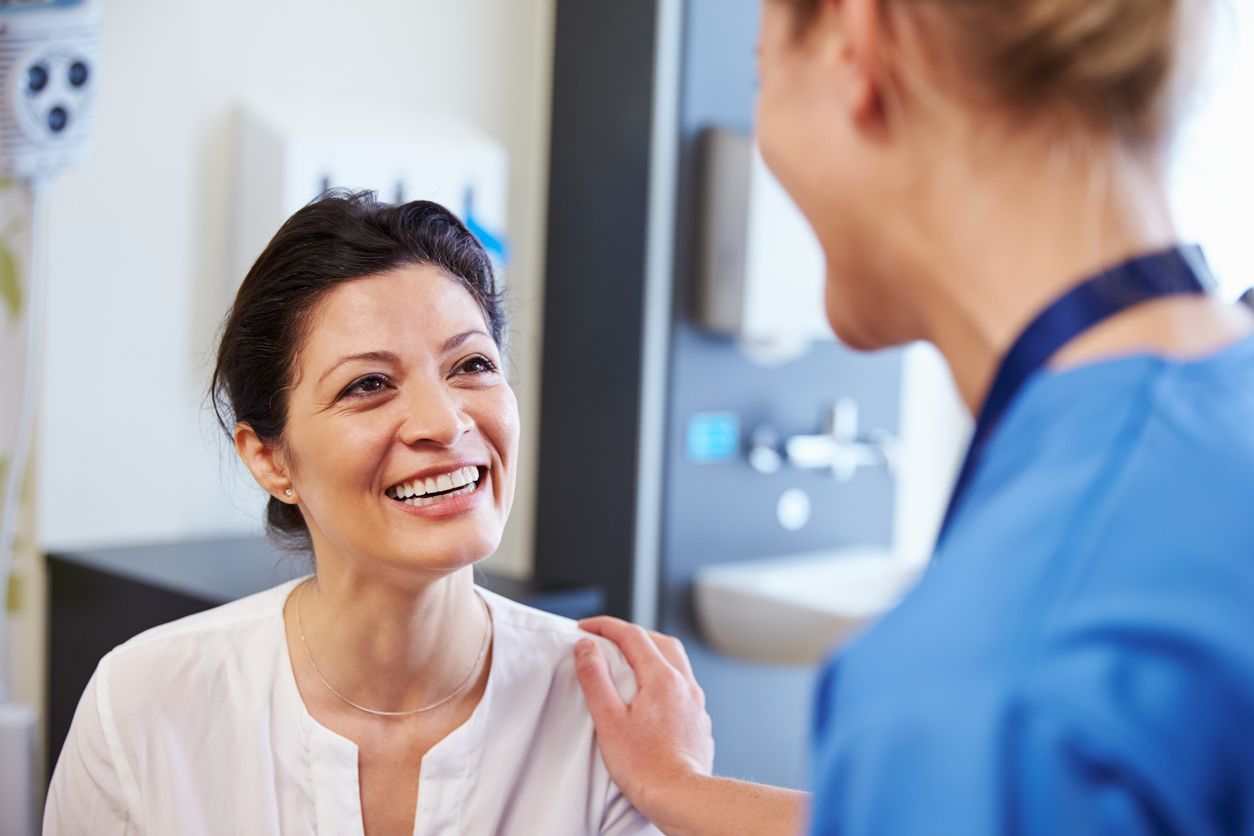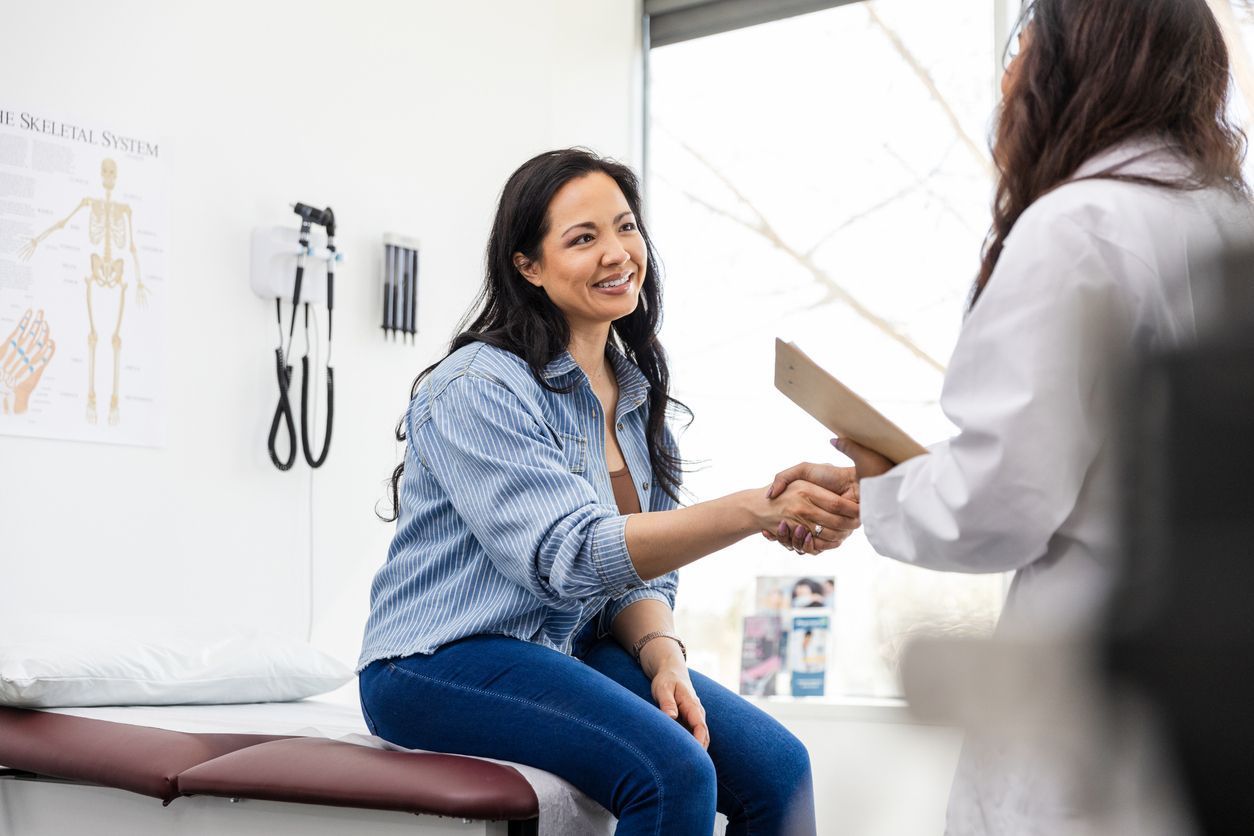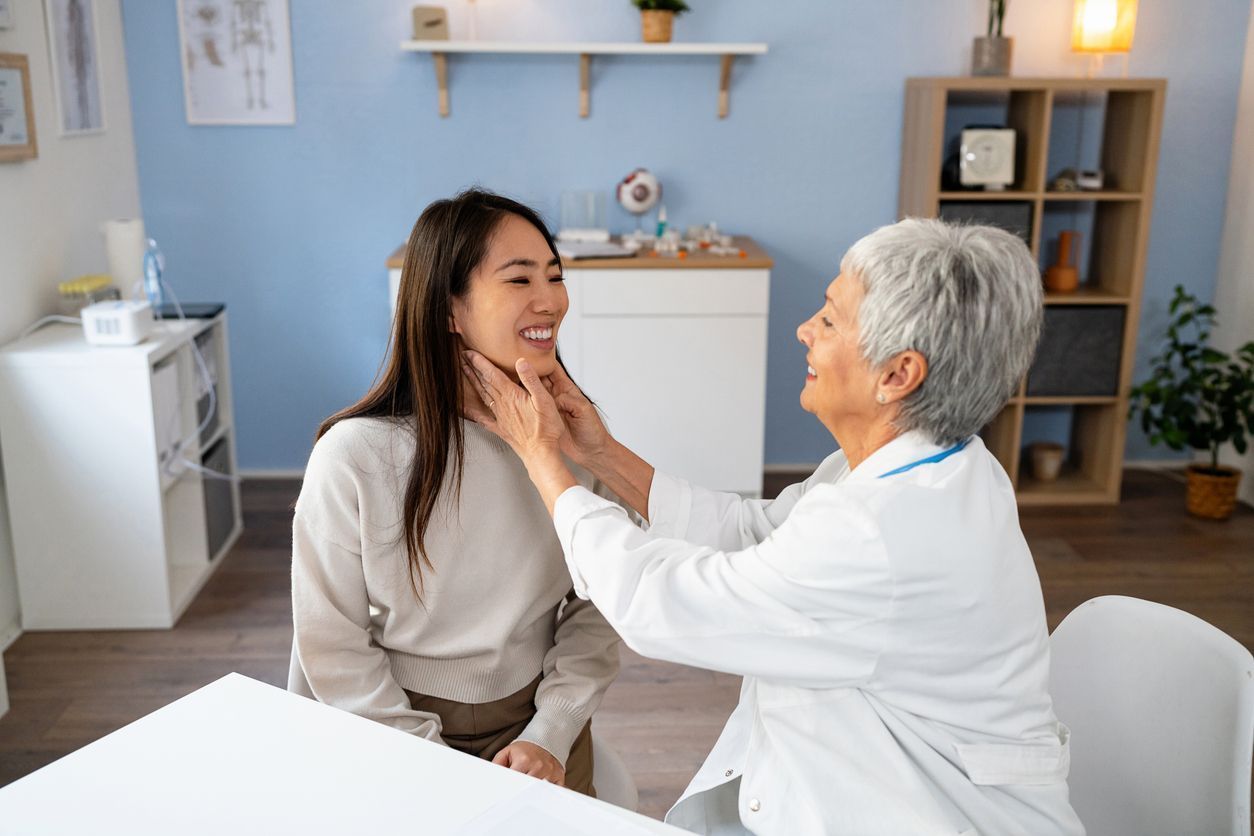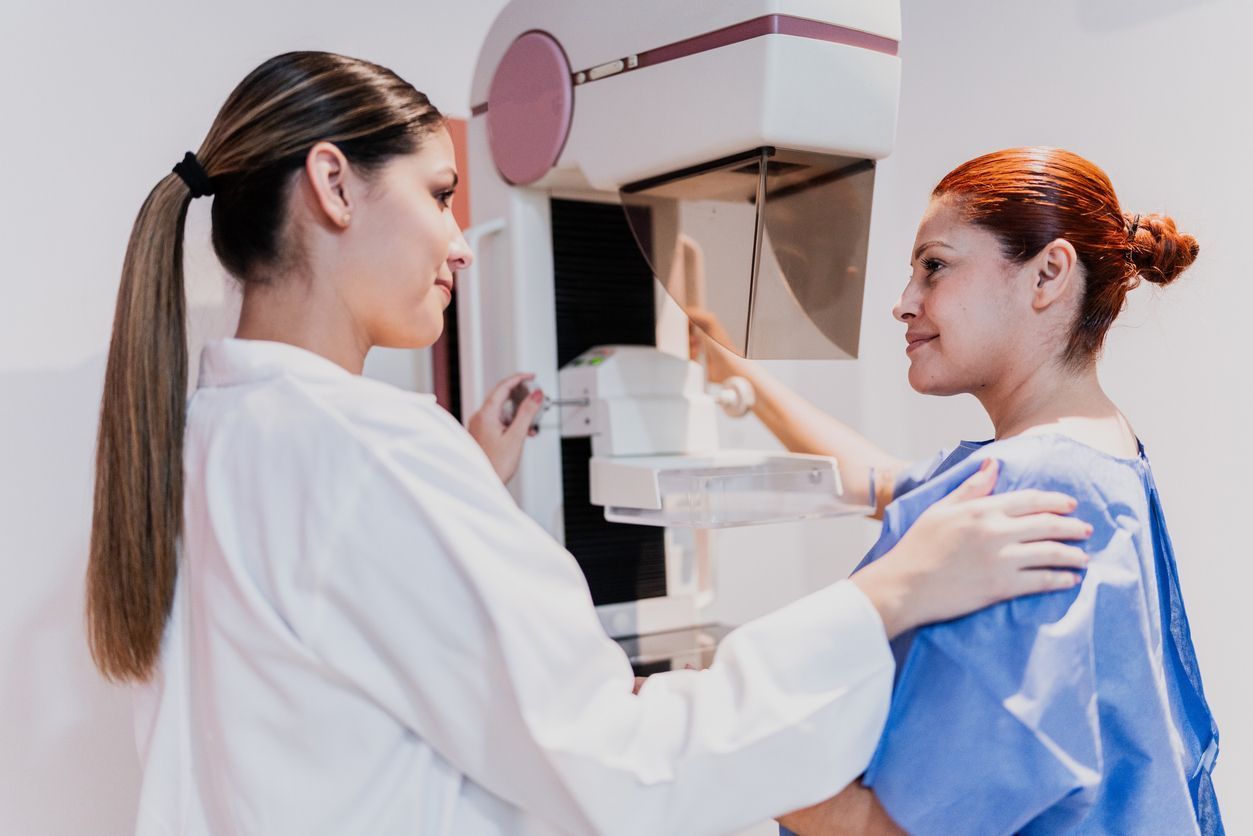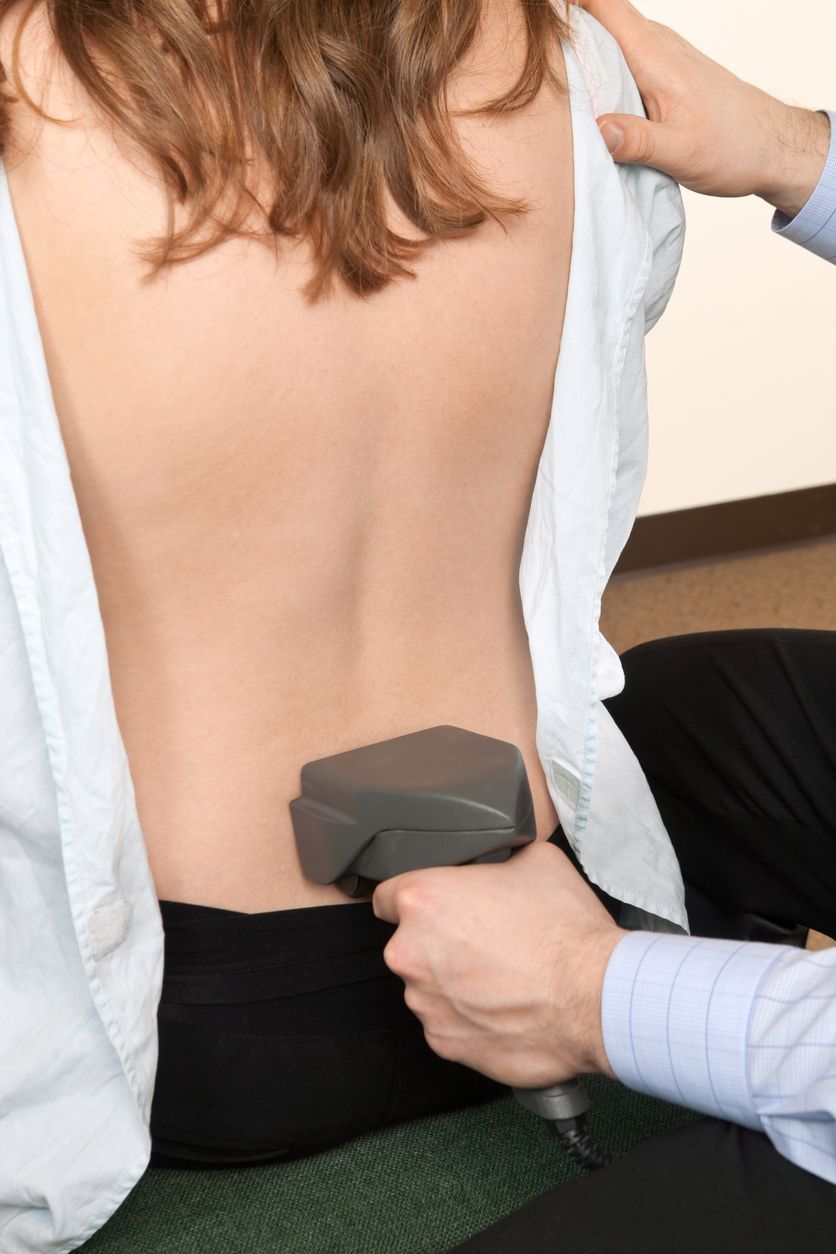I Noticed a Change in My Breast, What Should I Do Now?
As women, we owe it to ourselves to take care of our bodies. As we go through different phases of life, some changes in our breasts are normal and expected.
NORMAL CHANGES
... as we become mature, soreness and swelling of our breasts sometimes occur around the time of our menstrual cycle. Also, during pregnancy, we will experience swelling and soreness as our mammary glands enlarge. During menopause, other changes occur naturally as your breasts become denser. According to the National Cancer Institute, you should give yourself a self exam monthly so that you are familiar with your own breasts, and have a routine screenings according to your health care provider's instructions.
Abnormal Changes
LUMPS - All lumps are not necessarily cancer. If you notice a lump or an unnatural swelling in your breast or under your arm, thick or hard tissue in or near your breast or your underarm, or if the size or shape of your breast looks or feels different, get this checked by your doctor. Most lumps are not cancerous.
NIPPLE DISCHARGE (a fluid that is not breast milk)
- Nipple discharge may be different colors or textures. Nipple discharge is not usually a sign of cancer. It can be caused by birth control pills, some medicines, and infections.
NIPPLE
- Nipple changes, such as a nipple that points or faces inward (inverted) into the breast.
SKIN CHANGES
- Redness, itching, scaling, dimples, or puckers on your breast.
Before seeing your healthcare provider, jot down a few details. For example:
How big is the lump? Is it hard or soft? Does your breast or breasts feel tender or swollen? Is the nipple discharge colored? Are these changes in one or both breasts? Does one feel different than the other? When did you first notice the change, and has it gotten worse?
Ask your doctor or health care provider to explain any new or confusing medical terms. Ask him or her to tell you about specialists so that you can learn more. Ask him or her any questions you may have, even if you don't think they are very important. They are important to you. Your doctor is there for you.
Remember, most of these changes will be non-cancerous. However, if any of the above changes occur, follow these steps:
Checklist:
1) Perform a self exam, know your own breasts.
2) Jot down any breast changes in detail.
3) Call your healthcare provider or doctor for an appointment.
4) Follow up with any tests or advice your doctor may give you. A mammograms may be recommended and exams such breast thermography at CT Thermography are non-invasive procedures that will help your doctor determine whether these changes are normal or not.
*Thermography is a non-invasive radiation-free screening procedure that can be used to detect early signs of breast cancer. If you'd like a screening, be sure to contact us today at https://ctthermography.com/
If you see or notice any of these changes in your breast, then call your doctor or health care provider.
( Understanding Breast Changes, pgs 4-9)
U.S. DEPARTMENT OF HEALTH AND HUMAN SERVICES National Institutes of Health. (2014, February). Understanding Breast Changes- Publications Page . National Cancer Institute. https://www.cancer.gov/publications/patient-education/understanding-breast-changes.



